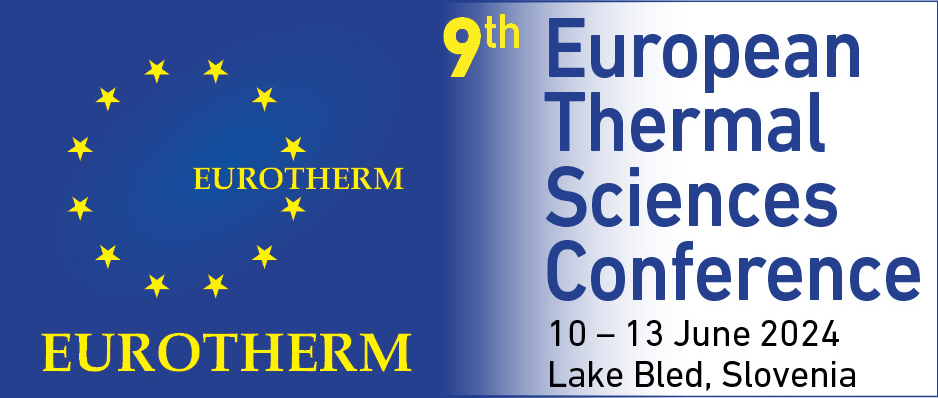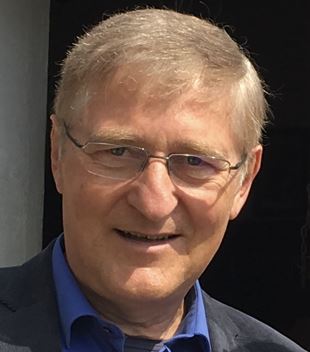Multiphase/physics modelling of solidification with industrial relevance
A. Ludwig, H. Zhang, Z. Zhang, A. Kharicha, M. Wu, Department Metallurgy, Montanuniversity Leoben, Austria
Many industrial-relevant metallurgical processes reveal multiphase and multiphysical features that need to be properly accounted for when describing the process. Besides the drastic increase in computation power, an increasing number of new advanced models allows nowadays to more and more use numerical tools to optimise production processes and even help to develop new production methods. In this contribution, examples are given that demonstrate the state-of-the-art in using advanced numerical tools to understand phenomena that occur during the pro-duction of single-crystal turbine blades and to optimise the process control by applying electro-magnetic stirring during continuous casting. The higher the complexity the more possible mis-understanding and resulting errors might be. Therefore, we also demonstrate experimental ways of evaluating sophisticated new-model approaches. Finally, we give an example of how a new semi-continuous casting method applying a time-dependent and moving electromagnetic stirring device should be operated; a promising new process route that was developed solely by ad-vanced numerical tools.
Andreas Ludwig studied Physics at the University of Düsseldorf, Germany, obtained his Ph.D. in 1992 at the RWTH Aachen, Germany, and a habilitation on Material Physics in 1999 also at the RWTH Aachen. In 1993/1994 he was a scholar of the German Science Foundation at EPFL Lausanne, Switzerland.
In 2003 he became full Professor and head of the chair of ‘Simulation and Modelling of Metallurgical Processes’, Department Metallurgy, Montanuniversity Leoben, Austria. From 2009 to 2021, he was a board member of the Austrian Committee of the International Institute for Applied System Analysis in Laxenburg, Austria.
Since 2014, he has acted as a board member of the Austrian Science Fund (FWF) responsible for ‘Engineering Technology’ and now ‘Material Science’. Andreas published over 200 peer-reviewed journal papers most in the field of ‘modelling solidification at an industrial length scale’. The database SCOPUS reveals that Andreas is the world-leading scientist with regard of publications on macrosegregation (since Spring 2013). In the last years, his focus also comprises magnetohydrodynamics in metal processing, as well as peritectic solidification under microgravity conditions.
In 2003 he became full Professor and head of the chair of ‘Simulation and Modelling of Metallurgical Processes’, Department Metallurgy, Montanuniversity Leoben, Austria. From 2009 to 2021, he was a board member of the Austrian Committee of the International Institute for Applied System Analysis in Laxenburg, Austria.
Since 2014, he has acted as a board member of the Austrian Science Fund (FWF) responsible for ‘Engineering Technology’ and now ‘Material Science’. Andreas published over 200 peer-reviewed journal papers most in the field of ‘modelling solidification at an industrial length scale’. The database SCOPUS reveals that Andreas is the world-leading scientist with regard of publications on macrosegregation (since Spring 2013). In the last years, his focus also comprises magnetohydrodynamics in metal processing, as well as peritectic solidification under microgravity conditions.

